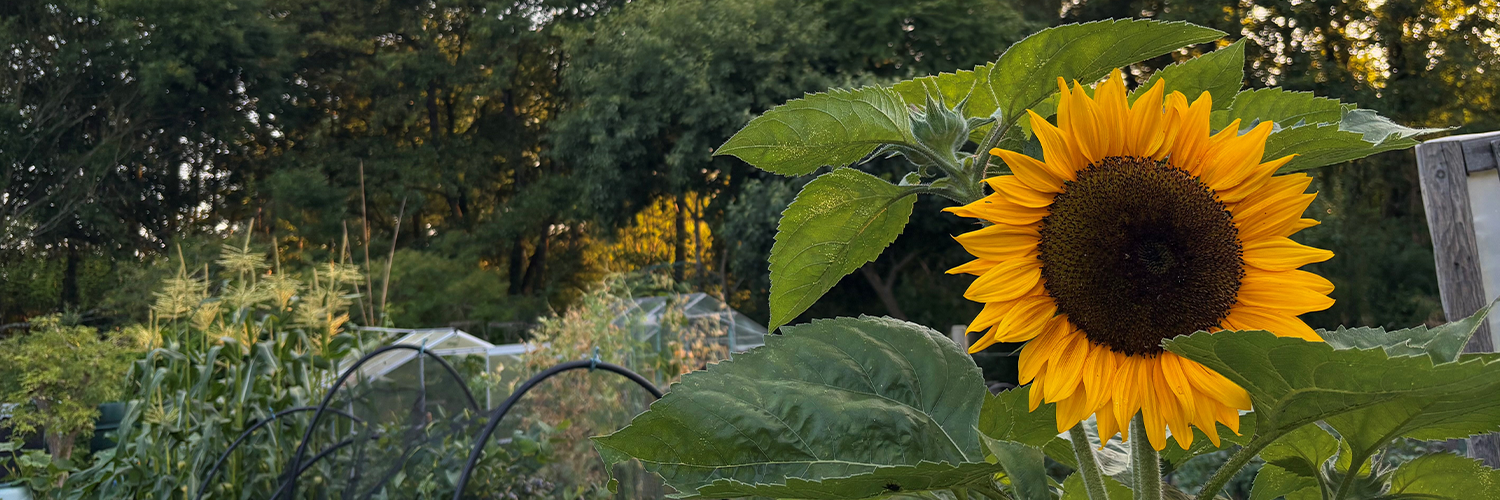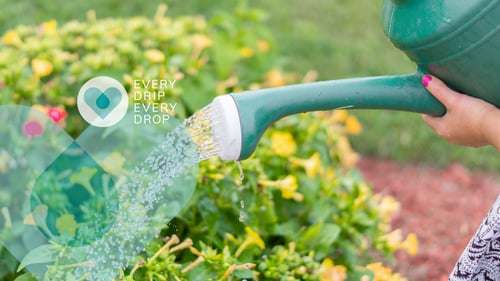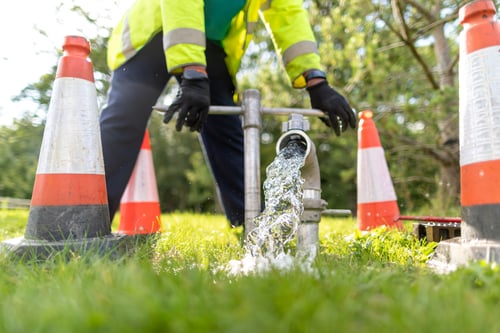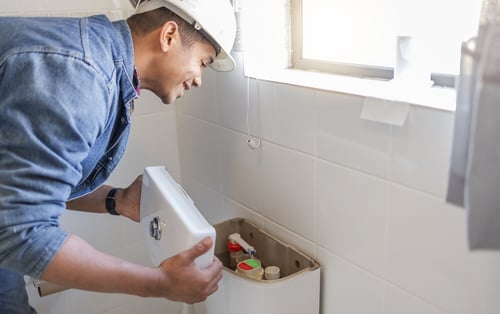
People often think the answer is to simply water more, but this is time consuming and can be inefficient. It also adds to strain on water resources.
Read on for some tips on how to keep your garden blooming in a heatwave.
1. Add mulch
Mulch acts like a little jacket on your soil, trapping in water. You can use bark, compost, leaves, pebbles – anything that provides a layer on top of the soil so it’s harder for water to evaporate. Mulch can also help to keep pests and weeds at bay.
2. Move your pots
The wonderful thing about planters is that they’re mobile. If the forecast looks scorching, you can save your hanging baskets or patio containers from heat stress by moving them to a shady spot until the heatwave passes. You can also help to keep pots moist by making sure you use good compost, which retains more moisture.

3. Create shade
Shade gives plants valuable protection against the sun. You can create shade using trees, shrubs and tall plants or using parasols and canopies. For a quick and easy option, just string up a net curtain to add shade. You can also group plant pots together, so they shade each other and stay a little cooler.
4. Water wisely
Use a watering can aimed at the root of the plant to help focus water, and water early in the morning or late in the evening. Watering during the day can scorch leaves and catch the plants at the wrong time, when they’re losing moisture from their leaves. If you water in full sun, lots of the water will evaporate right away, making it much less effective.
5. Let soil dry out
There’s a balance to be struck between keeping your plants hydrated and giving them too much water. If you overwater, the soil can get clogged, so there’s less oxygen available for plant roots. Leave plants for a few days between watering and avoid totally drenching them.

6. Choose drought-resistant plants
Regular baking temperatures might be fairly new for the UK, but other countries have experienced hot summers for a long time. Choosing plants that are suited to Mediterranean climate usually works. Staff at your local gardening centre might be able to provide tips that suit your local area and soil type.
7. Rethink your lawn
Keeping a lawn green in a heatwave is often a losing battle, and one that uses vast quantities of water. Letting it grow longer can keep the soil moist, or in real hotspots you could create a gravel garden instead. Planting trees around your lawn can help create shade, and drought-resistant grass varieties are also less likely to go brown. If your lawn does parch, don’t worry too much – it will go green again with a little rain.
8. Get a water butt
Plants prefer the temperature, nutrient content and acidity of rainwater. A water butt is the perfect way to store water in your garden, without adding strain to water resources or increasing your water bill.
See more ideas about how to save water in the garden learn more about water-saving around the home.

-1.png?width=500&height=500&name=Untitled%20design%20(13)-1.png)



